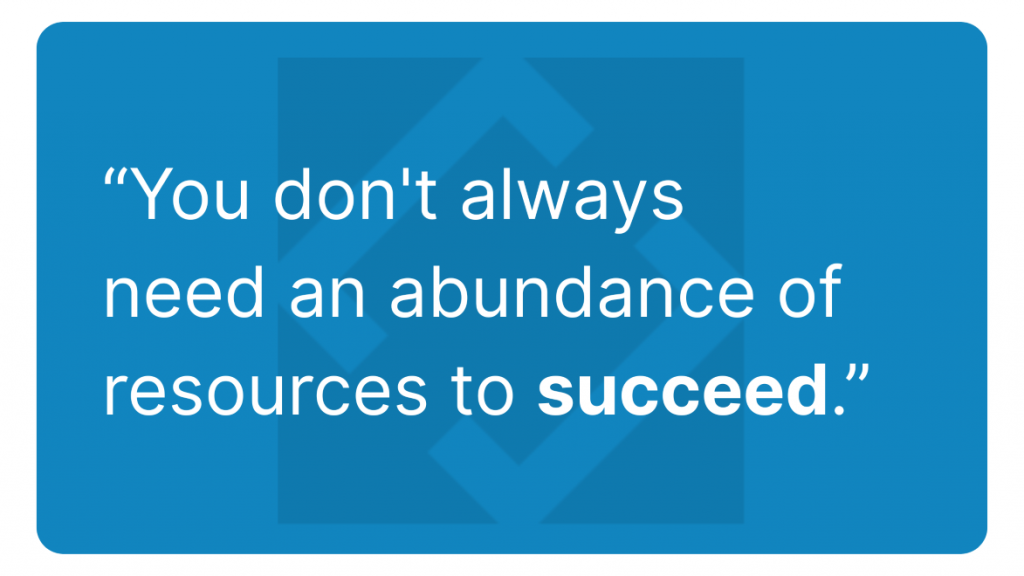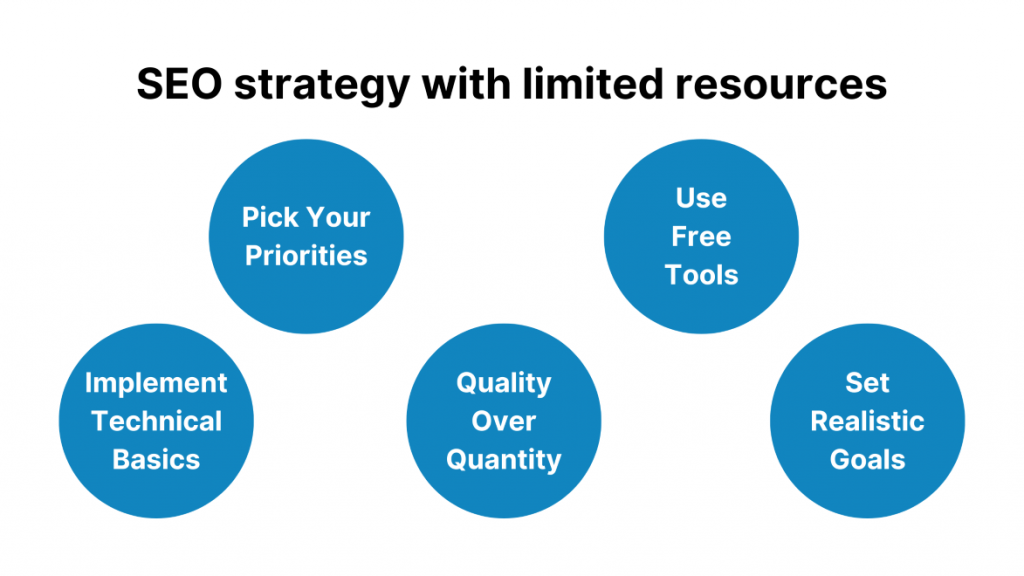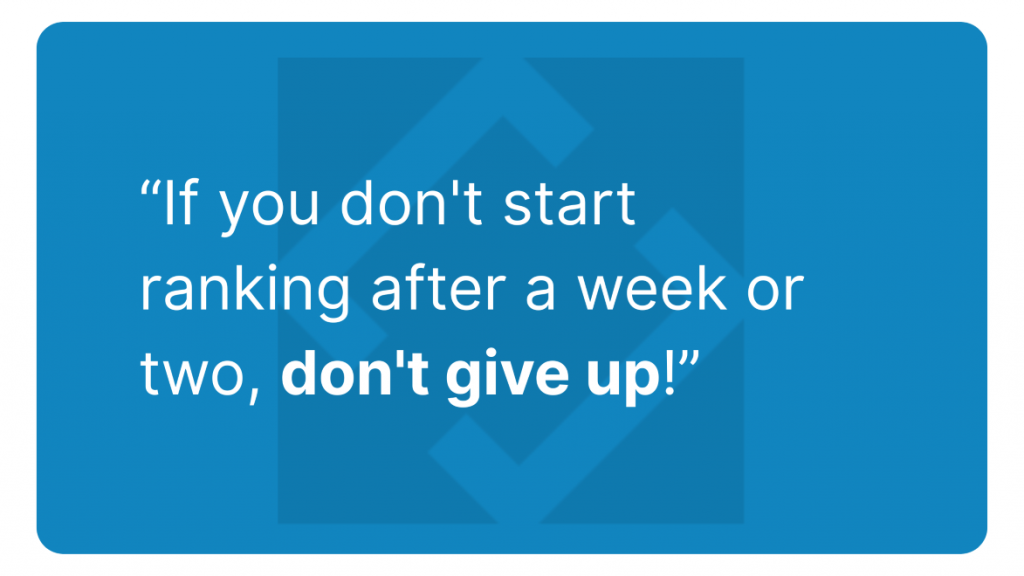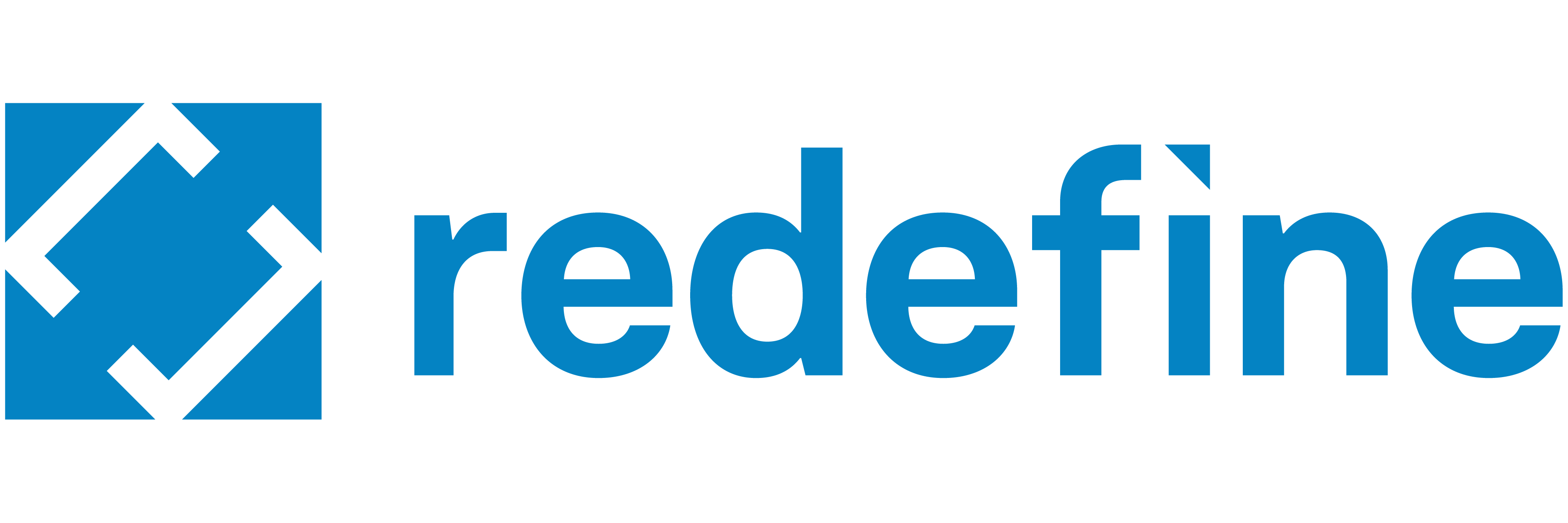Cacti are one of nature’s most resilient organisms. There are over 2,000 unique cactus species and each one is uniquely adapted for the harsh, arid desert. Faced with extreme heat and cold, poor soil quality, and little to no rainfall, the humble cactus thrives. Some of these prickly plants can even survive up to two years without water!
In other words, cacti (also pluralized as “cactuses”) are the ultimate masters of minimalism. They demonstrate that you don’t always need an abundance of resources to succeed. If you’re smart, patient, and efficient, you can use a few drops of water to grow into a giant! (The world’s largest saguaro cactus measured 78 feet tall!)
Search engine optimization (SEO) isn’t too different. Although a large marketing budget and a dedicated team will help you rank faster, there’s still a lot you can do to lay the foundation for a successful campaign. In this guide, we’ll show you how to become an “SEO cactus” and develop a winning strategy with limited resources.

Step 1. Pick your priorities
The first step to a bare-bones SEO campaign is to choose your priorities. If you’re short on resources, you won’t be able to optimize your entire website at once. Instead, develop a strategy that prioritizes your most important pages. Start with your homepage, then focus on pages such as:
- Top product or service pages
- Top category pages
- Any blog content that is already driving traffic
If you’re not sure which pages are already gaining traction for your site, use a free tool like Google Search Console to review your metrics. Any pages that already receive impressions or clicks should be where you focus your initial efforts. These pages already perform well, so you can likely make small adjustments to push them over the edge.
Step 2. Use free tools
The world of SEO is full of useful software, apps, and online platforms. However, many of the most popular tools – like SEMrush and Ahrefs – can be costly. If you have a limited digital marketing budget, start with free SEO tools instead.
Some of our favorites include:
Google Search Console
As we mentioned above, GSC tracks impressions and clicks, so you can see which pages are getting traffic and which keywords are sending users to your site.
Google Analytics
Additional traffic insights, specifically focused on referral source (i.e. whether people are visiting your site from Google, social media, or other sources) and user behavior (conversions and engagement).
Google Keyword Planner
Another free Google tool that helps with keyword research. You can use it to see the search volume and performance of different keywords, which is an excellent way to inform your strategy and find new keywords to target.
Answer The Public
Answer The Public helps you keep your finger on the pulse of search to see what users are looking up in real-time. Although this platform offers a paid service, you can register for free to receive three daily searches. Answer The Public is a great tool for keyword research as well as content ideas.
Screaming Frog
Screaming Frog, which is free up to 500 URLs, is a useful technical tool that crawls your website and analyzes it for technical issues. It can identify broken links, redirects, duplicate content, and errors in page titles, H1 tags, and more.

Step 3. Implement basic technical SEO
Once you’ve identified your core priorities and familiarized yourself with free SEO tools, it’s time to focus on the technical side. But don’t worry! You don’t have to be a developer to tick off the boxes for a basic technical SEO audit.
There’s a few easy optimizations you can make to improve your website on the backend. These optimizations will make your pages load faster, improve the user experience, and help Google and other search engine crawlers read your pages more easily. (An easy-to-crawl site is more likely to rank for keywords!)
- Compress your images: Big images mean your site takes longer to load, turning away both users and algorithms. Use a free tool like TinyPNG, or your computer’s native imaging software, to reduce all your images to below 100kb.
- Check your mobile friendliness: How well does your site show up on a phone or tablet? If it’s not optimized for mobile, you’re missing out. Luckily, most website platforms offer a mobile version in their standard templates, so you can probably fix this in a few clicks.
- Remove duplicate content: Remember Screaming Frog? Use this software to crawl your website and look for duplicate content. Once you’ve identified any duplicate pages or passages of copy, revise them to be unique.
- Fix 404s: Broken pages are one of the worst technical errors in SEO. If you have any 404 errors, fix them immediately by redirecting the page to other content.
- Review your H1 tags: H1s are the heading on a page that tell users and search engines what your content is about. They need to be descriptive, yet clear and succinct. Also, no page can have more than one H1 tag – if you have multiple H1s, it can prevent your website from ranking.
Step 4. Focus on content quality, not quality
If you’re short on time, don’t try to crank out a bunch of blogs just to meet a quota. A handful of well-researched, high-quality evergreen articles are much more valuable to your SEO.
Here’s a low-effort content strategy to get you started:
- Write 3-5 evergreen “pillar articles” that are closely tied to your main products or service offerings.
- Focus each article on a specific keyword.
- Make sure each article is at least 1,000 words and includes links and images.
- After publishing, update your pillar articles once every quarter with new information (i.e. updated statistics) or other small tweaks to keep them fresh.
After you write your initial pillar articles, determine a content publishing schedule that’s realistic for you and your team. Whether it’s once a week or once a month, be consistent.
Step 5. Start “digital networking”
SEO doesn’t just happen on your website. Search engines assess your content based on external factors as well, such as how many third-party websites link back to you. Social media also helps users find your brand online.
While it may seem daunting, “digital networking” doesn’t have to be expensive or time-consuming. Start sharing your content on networking sites like LinkedIn, build a business page on Facebook, and link to your website content in your email signature. You can also ask colleagues and friends to read your content.
Guest posting is another great way to practice digital networking. Find industry blogs that you love and offer to write a free post for them; alternately, you can invite others to write blogs for you. Over time, your reputation will grow and you’ll attract more traffic.
Step 6. Set realistic goals
In the desert, cacti grow slowly. Some species, like the mighty saguaro, take decades to reach their full height. SEO isn’t that slow, but it doesn’t deliver instant success – especially if you’re working with limited resources.
That’s why it’s important to set realistic goals. If you don’t start ranking after a week or two, don’t give up! Be patient and give your efforts to pay off. As you continue to refine your website from the technical side, publish more content, and work on off-page digital networking, you’ll start to move the needle. But you have to be consistent and keep going.
Focus on reasonable goals that are achievable within your budget and time constraints. For example:
- Increase organic traffic by 10% over the next quarter
- Improve the click-through rate on your homepage and top service pages
- Get one blog post to rank in the top 20 for a target keyword
Use analytics tools to measure your progress and look for slow, steady growth.

Redefine your resources
In search engine marketing, you’re not just competing with other brands. Your competitors are any websites that rank for keywords related to your product or service. When you’re up against hundreds or even thousands of other sites, doing SEO with limited resources can feel like trekking through Death Valley with a half-empty canteen.
But if a cactus can thrive, so can you! Use free tools to optimize your site as best you can, then focus on producing consistent, high-quality content at a pace that makes sense for your schedule.
However, don’t discount the services of an agency. If you think “I can’t afford SEO,” think again. Working with an SEO agency can actually help you save time (and therefore save money) because agencies won’t waste resources on trial-and-error.
At Redefine, we offer one-time bundles for key SEO services to help optimize your digital marketing. There’s no long-term contract, just single packages designed to deliver lasting value. Learn more or contact us for a free discovery call today!





